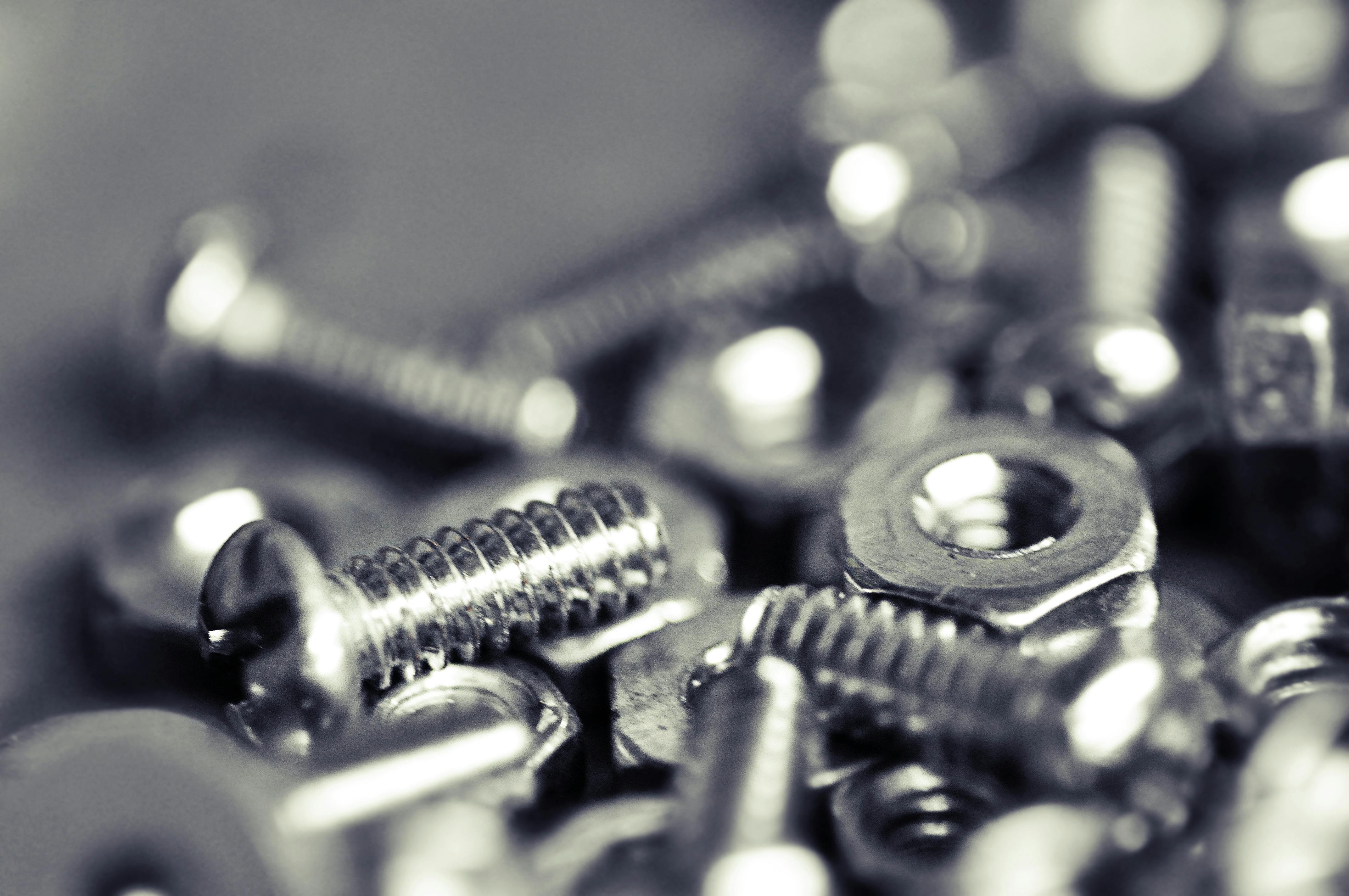Fasteners and Components: A Eco-Friendly Manufacturing Approach
In the world of building, car fixing, and home improvement endeavors, nuts and bolts are often the unsung heroes that hold everything together. These crucial fasteners come in a variety of forms, dimensions, and compositions, each designed for unique applications. Comprehending the fundamentals of fasteners is not just helpful for professionals but is also invaluable for the everyday DIY enthusiast looking to tackle renovation projects with assurance.
This manual is designed to demystify the complicated world of nuts and bolts. From distinguishing between different types nuts and bolts to examining their various uses, you will learn how to select the best hardware for your tasks. Whether you're working on industrial projects, automotive repairs, or straightforward household improvements, we will cover the nitty-gritty you need to ensure long-lasting and reliable connections. click here to read will delve into the fundamentals of this crucial industrial solution.
Types and Applications of Nuts and Bolts
Nut fasteners and bolt fasteners are essential fixings used across various industries and applications. At the most basic level, bolts can be classified into several categories, including hex bolts, carriage fasteners, and lag fasteners, each with specific purposes. Hex bolts, for example, are perfect for high-stress applications where strength is paramount, while carriage fasteners are perfect for attaching wooden components due to their rounded head and smooth shaft. Lag bolts, conversely, are particularly designed for anchoring large wooden frameworks or heavy loads, which makes them essential in building endeavors.
Understanding the function of various nuts is just as crucial. Regular nuts are commonly used with bolt fasteners, but specialty nuts like lock nuts and flanged nuts play crucial roles in stopping displacement under vibration and offering a wider bearing surface. The selection of nut often depends on the use; for instance, locking nuts are essential in car maintenance where significant oscillation are common. Flanged nuts may be preferred in constructions that require alignment and stability, highlighting the necessity of choosing the appropriate fixing.
Beyond conventional applications, nut fasteners and bolt fasteners have specialized uses in distinct environments. Stainless steel fasteners are valued for their rust resistance, making them ideal for external constructions and marine environments. Additionally, unique fasteners such as anchor bolts provide critical stability for foundation work, while nylon locking nuts offer added security by stopping accidental displacement. Choosing the right nuts and bolts based on material and application is crucial for guaranteeing the durability and security of any undertaking.
Materials and Coatings
When selecting nuts and bolts, the substance used holds a vital role in defining their performance and durability. Steel is the most typical material, recognized for its strength and versatility. It is frequently used in a variety of contexts, making it a necessity in many fields. For settings prone to corrosion, stainless steel is an excellent choice due to its ability to rust and capacity to tolerate harsh conditions. Other materials like bronze and aluminum are also used, with brass providing good corrosion resistance and aesthetic appeal, while aluminum offers a lightweight yet incredibly strong option for specialized purposes.
Coatings applied to nuts and bolts significantly impact their longevity and suitability for specific environments. Bolts and Nuts is a popular choice for providing a sacrificial layer of protection against corrosion, making these fasteners suitable for outdoor use. Galvanization, which entails applying a thick layer of zinc, enhances strength and is preferred for heavy-duty tasks exposed to moisture. Additionally, powder finish offers a customizable finish that not only enhances aesthetics but also boosts resistance to wear and chemicals, perfect for decorative or specialized projects.

Recognizing the differences in materials and coatings can help users make informed decisions tailored to their particular needs. For instance, when considering outdoor installations, opting for corrosion-resistant coatings on steel fasteners is essential for ensuring long-term performance. Acknowledging the environmental factors at play and the specific requirements of a project can direct the selection process, ensuring that the chosen nuts and bolts will provide reliable service in their designated applications.
Guide to Buying and Comparative Analysis
When it comes to choosing the right nuts and bolts for your project, comprehending the materials and details is crucial. Various applications call for varying levels of strength, resistance to corrosion, and durability. For example, stainless steel fasteners are perfect for outdoor applications due to their ability to rust. Conversely, if you are working with wood, selecting wood screws or lag bolts appropriate for soft or hardwoods will ensure a secure fit. Always consider environmental factors and mechanical requirements before making a purchase.
Another, important aspect to consider is the thread type, which includes rough, smooth, and metric threads. Coarse threads are commonly used in applications that need faster assembly, while fine threads offer better grip and tensioning in metal-to-metal applications. Grasping the variances between these thread types can help you pick fasteners that will best suit your individual needs, thereby boosting the performance and longevity of your projects.
In conclusion, evaluating the quality of nuts and bolts is crucial before making a purchase. Look for fasteners that meet industry standards and verify their grades. For example, a bolt with a higher grade number generally shows better strength and reliability. Utilize comparison charts to weigh the strengths and weaknesses of different fasteners. By investing time in research and comparing options, you can ensure that you select the most suitable appropriate nuts and bolts, optimizing both safety and functionality for your tasks.